“Since the release of the CAS decision on 31 May, there has been understandable confusion about the ruling. Most notably, how Carter could be sanctioned for a substance that was not banned at the time (methylhexanamine or MHA).
“[…] However, the Panel held that although methylhexanamine wasn’t specifically named, it was still a stimulant. The entire class of stimulants having been banned—and are still banned.”
The following Letter to Editor, which dissects the CAS ruling against Jamaican sprinter Nesta Carter, was submitted by Dr Emir Crowne who is a senior lecturer in law at UWI, Mona Campus and one of the Caribbean’s leading international sports lawyers:
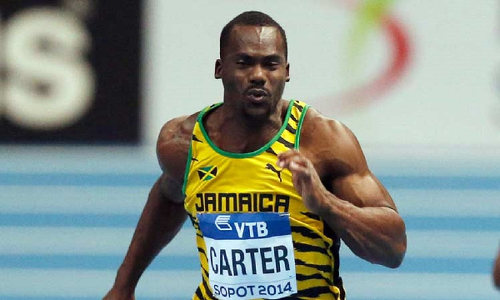
Last week the Court of Arbitration for Sport (“CAS”) dismissed Nesta Carter’s appeal against the International Olympic Commission’s (“IOC’s”) Disciplinary Commission’s decision from January 2017. In dismissing the appeal, CAS rejected all four (4) grounds of appeal raised by Carter and upheld the anti-doping rule violation and resultant consequences (namely, the disqualification of the Jamaican Men’s 4x100m relay team from the 2008 Beijing Olympics and their gold medals).
Since the release of the CAS decision on 31 May, there has been understandable confusion about the ruling. Most notably, how Carter could be sanctioned for a substance that was not banned at the time (methylhexanamine or MHA).
In exploring the decision at length, I hope to clear up some of that misinformation.
First, doping operates under a strict liability regime. Which means that “each athlete is strictly liable for the substances found in his or her bodily specimen, and that an anti-doping rule violation occurs whenever a prohibited substance (or its metabolites or markers) is found in bodily specimen, whether or not the athlete intentionally or unintentionally used a prohibited substance or was negligent or otherwise at fault.” (WADA; “Strict Liability in Anti-Doping”).
Second, under the IOC Anti-Doping Rules applicable to the Games of the XXIX Olympiad in Beijing in 2008 (the “IOC Anti-Doping Rules”) and Rule 39 of the IAAF Competition Rules 2008, once an athlete commits an anti-doping rule violation “the athlete shall be automatically disqualified from the event in question.”
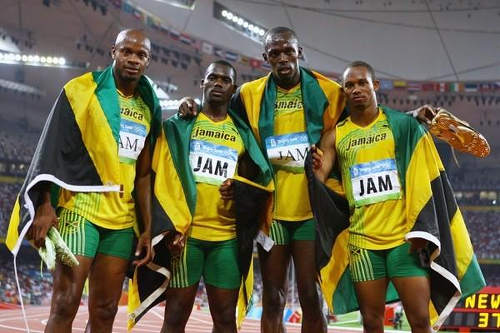
Carter is appealing his disqualification at the 2008 Olympics for doping.
(Copyright IOC/Getty)
And, where the athlete is a member of a relay team, “the relay team shall be automatically disqualified from the event in question, with all resulting consequences for the relay team, including the forfeiture of all titles, awards, medals, points and prize and appearance money.”
Therefore, even though Carter’s anti-doping rule violation was committed entirely innocently—and by all accounts this appears to be the case—it is still a ‘technical’ anti-doping rule violation which carries with it the consequences identified above.
Carter’s appeal to CAS was premised on four grounds. Namely that:
- The case should be dismissed since the Lausanne Laboratory did not have any authority to re-test the athlete’s sample for any substances other than those identified in the IOC’s letter;
- The case should be dismissed since the re-testing of the athlete’s sample was contrary to the IOC’s publicly stated policy on re-testing;
- The IOC’s delay in bringing the proceedings was of such magnitude that the charge should be dismissed by reason of the prejudice caused to the athlete; and/or
- The charge against the athlete breaches the principle of legal certainty.
The first two grounds of appeal are interrelated. The CAS Panel held that the types of tests, and the substances tested for, were not limited under the IOC Anti-Doping Rules. Insofar as the testing was done within the applicable window (8 years), then the IOC had absolute authority to test, and re-test, for any prohibited substances.

(Copyright Johannes Eisele/AFP 2016/Wired868)
The policy behind the re-testing of samples was also not limited to detecting prohibited substances that ‘should have’ been detected during the first round of testing, rather, the re-testing of samples was intended to detect any prohibited substances, aided with the use of modern techniques and better resources.
As the Panel noted at para. 140:
“The Panel highlights that the re-analysis program is meant to protect the integrity of the competition results and the interests of athletes who participated without any prohibited substance and not the interests of athletes who were initially not detected for any reason and are later and within the statute of limitation period found to have competed with a prohibited substance in their bodily systems.”
The Panel also rejected Carter’s argument with respect to delay. The World Anti-Doping Code (the “WADA Code”), at the time, provided for an 8-year window in which samples could be tested and re-tested—that window has now been increased to 10 years. The re-testing of Carter’s sample took place a full seven and a half years after it was initially collected, six months shy of the limitation period expiring.
Ordinarily, excessive delays might compromise trial fairness. Memories fade over time, and the reliability of a witness’ testimony a full seven and half years after an event is surely suspect. However, Carter’s case did not hinge on witness testimony.
The fact of the anti-doping rule violation had already been established. Under the WADA Code, in cases involving contaminated products and like situations, the anti-doping rule violation cannot be entirely eliminated. Even in the best-case scenario the athlete still receives a reprimand, with all of the consequences of the anti-doping violation still applying—i.e. disqualification of results, etc.
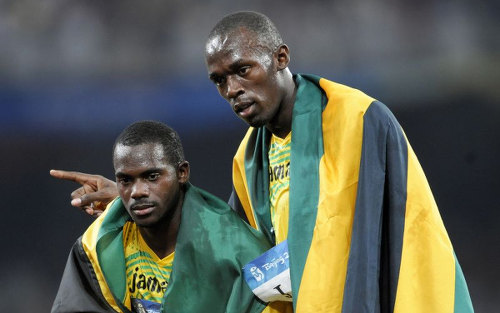
The last ground of appeal, on legal certainty, is the one that has created the most confusion. Carter argued that the failure of WADA to specifically name methylhexanamine as a banned substance deprived him of the legal certainty of knowing what, and what wasn’t, banned in 2008.
However, the Panel held that although methylhexanamine wasn’t specifically named, it was still a stimulant. The entire class of stimulants having been banned—and are still banned.
Stimulants are specifically named when their use becomes more widespread—either medically, or in doping cases. Although methylhexanamine is now a named stimulant, it wasn’t at the time because of its relatively infrequent use and/or appearance in the doping jurisprudence.
In the words of the Panel at paras. 152 and 153:
“The Panel highlights that all stimulants were and are prohibited. There is a great number of stimulants, and they cannot all be listed by name. Therefore, the list of prohibited stimulants provides a list of named stimulants, which are typically the ones often detected, as well as a ‘hold all basket’.
“When and if a stimulant is identified as being in regular use, it becomes listed. This is exactly the process which was followed in respect of MHA (methylhexanamine). In 2008 it was prohibited as a stimulant without being listed. In 2010 it was first listed by name, initially as non-Specified, and then from 2011 as a Specified stimulant.”
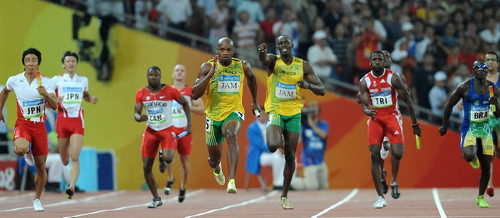
Therefore, the failure of WADA to specify methylhexanamine was irrelevant, as the entire class of stimulants were banned. Indeed, the banning of an entire class of compounds is often done to prevent the development of so-called “designer drugs”—i.e. drugs that are chemically equivalent to the banned substance, but which aren’t the named substance per se—in an attempt to literally avoid being a ‘named’ prohibited substance.
In the end, the decision is undoubtedly an unsatisfying one for Carter, his teammates and all Jamaicans. The Panel itself stressed Carter’s moral innocence and was careful not to label him a doping ‘cheat’. As the Panel stated at para. 155:
“This said, there is no finding that the Athlete took the substance intentionally or was negligent to any degree. It is possible that the substance found its way to the Athlete’s system through contamination, which could or could not have been avoided with the exercise of utmost care.
“These questions are not relevant to an objective determination of an ADRV which must remain under the applicable rules of the anti-doping regime which has been determined to be necessary for an effective fight against doping [in] sport, and which this Panel is called upon to apply.”
In my view, the ruling is not a scar on Jamaica’s dominance in track and field. It is but a blemish. The WADA Code is heavily biased against athletes, and the decision is but another example of the disproportionate effects of a strict liability regime.
Want to share your thoughts with Wired868? Email us at editor@wired868.com.
Please keep your letter between 300 to 600 words and be sure to read it over first for typos and punctuation.
We don’t publish anonymously unless there is a good reason, such as an obvious threat of harassment or job loss.
 Wired868 Wired868 for smart sport news and opinion
Wired868 Wired868 for smart sport news and opinion


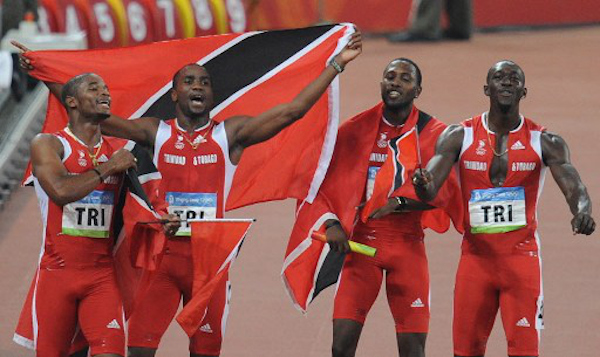

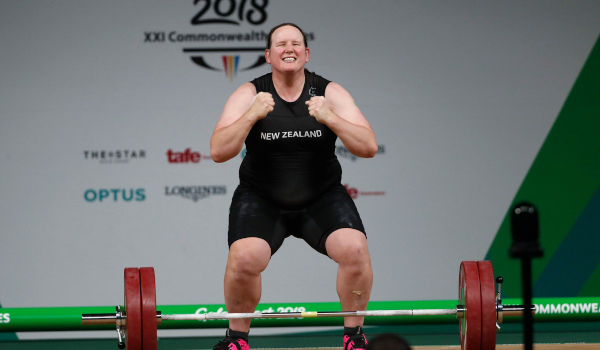

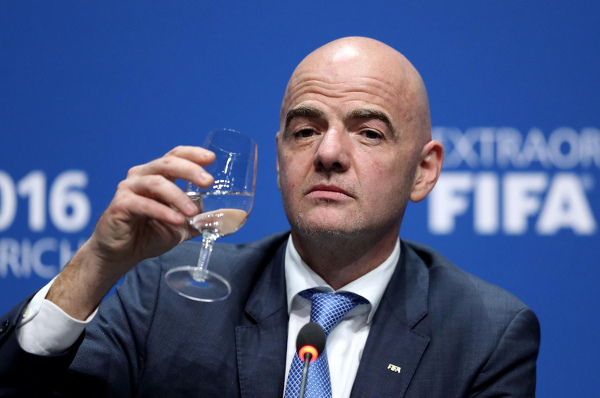

Thank you for clarifying this.